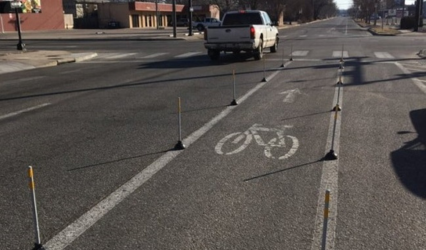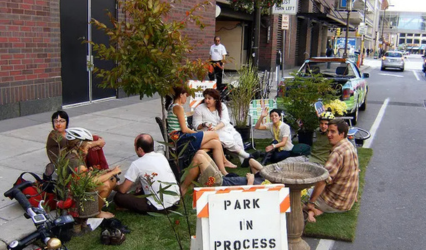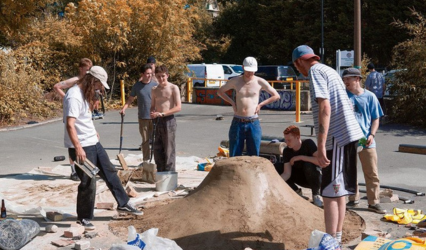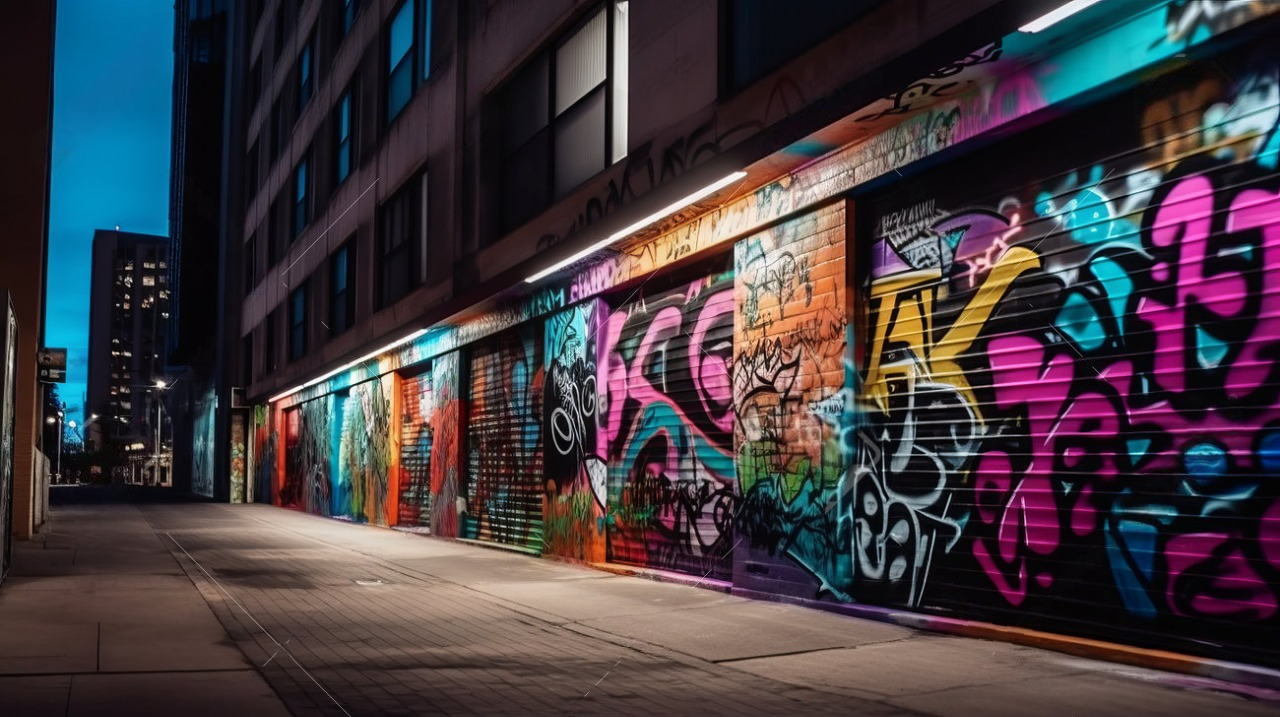Abstract
This article explores the integration of grassroots movements into formal urban planning to create more participatory, equitable, and sustainable urban environments. Grassroots movements, like DIY urbanism, involve community-driven activities that directly address unmet needs in urban spaces. However, the ad-hoc nature of DIY urbanism often conflicts with the structured, regulated processes of top-down urban planning.
Despite these tensions, there is significant potential in combining the strengths of these movements with formal urban planning. Such collaboration can lead to urban areas that are not only well-planned and regulated but also dynamic and reflective of the diverse communities they serve.
_____________
From using toilet plungers to protect bike lanes (Fig. 1a), to reclaiming parking spaces through pop-up parks (Fig. 1b), what is known as Do-It-Yourself (DIY) urbanism exemplifies how community members have taken matters into their own hands to reshape urban spaces.
The bottom-up and ad-hoc nature of DIY urbanism often contradicts the meticulous and long bureaucratic processes of top-down urban planning, resulting in tension between these two place-making approaches. While urban planners are constantly looking for ways to increase public participation in drafting city plans, DIY urbanists are keen to reclaim ownership of the urban spaces they occupy. This article aims to discuss the potential reconciliation of these two opposing approaches to provide an integrated solution in moving towards the creation of more equitable spaces for urban dwellers.


What is DIY Urbanism?
DIY urbanism is a nascent concept also referred to as tactical urbanism (Lydon et al., 2012), temporary urbanism (Bragaglia & Rossignolo, 2021), pop-up urbanism (Fredericks et al., 2018), and even guerilla urbanism (Simpson, 2014). This article employs Finn (2014)’s focus on DIY movement as a community-driven movement in which citizens “attempt to emulate or augment formal municipal designs and infrastructure” to solve an urban issue. DIY interventions are often grassroots movements, stemming from the initiatives of a few keen individuals, before gaining traction from other members of the community who then organically come together to also contribute to enhancing the space. However, as they are typically carried out without municipal permission, all DIY interventions, whether locally run or not, carry the risk of being labelled as “vandalism”.
DIY urbanism is part of a long history of citizen involvement in shaping urban spaces (Finn, 2014). For example, in Dulwich, London, a community of local skateboarders has built their own skatepark on the site of an abandoned and disused carpark known as “the Grove” (Fig. 2a). Since skateboarders took over the site, the carpark, which was previously known for fly-tipping, has been filled with skateable structures such as ramps, rails, ledges, and a mini-volcano made from found objects and in-situ concrete (Edmonds, 2021). Similarly, local Malaysian skateboarders have also banded together to build their own DIY skatepark on the rooftop of a building in Damansara Damai to address the neighbourhood’s lack of skateparks (Fig. 2b).


Theo Hughes, one of the founding members responsible for designing The Grove DIY, emphasises that allowing people to participate in the creation process gives them a sense of ownership (Ramirez, 2022). In this way, when compared to top-down planning, DIY urbanism not only revitalises underutilised spaces, it also fosters a more connected and vibrant community through direct involvement in shaping these spaces.
